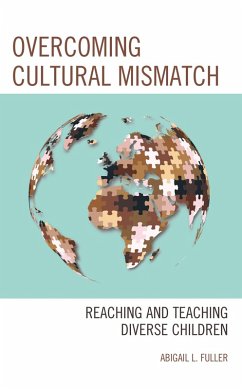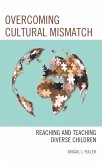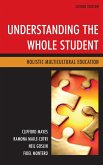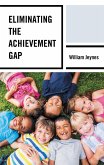Students in U.S. public schools represent an array of cultural heritages. From students' cultures emerge different ways of constructing knowledge, making sense of experiences, and learning (Gay, 2000). The majority of teachers, unlike their students, are white, mono-cultural females who lack experience with individuals of other cultures. Student diversity is increasing at a faster rate than teachers of color. As a result there is a cultural mismatch between students and teachers. This book introduces readers to cultural mismatch and culturally responsive teaching. Two mechanisms for activating change are presented in the "Framework for Overcoming Cultural Mismatch: Roles of Teachers and Administrators" and the "Inclusive Schools Action Plan." Stirring up a sense of urgency in educators and then guiding school teams on planning and implementation, teachers and school leaders can commit now to equity for all students. In order to effectively teach all children - regardless of ethnic, racial, socioeconomic, religious, and other differences - practicing and pre-service teachers must be aware of the role a student's cultural background plays in their readiness to learn and how they learn. In order to develop this awareness, teachers must reflect on his or her own cultural lens and how it informs teaching.
Bitte wählen Sie Ihr Anliegen aus.
Rechnungen
Retourenschein anfordern
Bestellstatus
Storno









